Archive Section
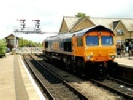



A Lecture by Andy Savage Chief Executive
Tuesday 7th January 2020, Palestra House
Written by John Doyle
It is probably fair to say that the Railway Heritage Trust is something many of us will have been aware of but knew little about. Our first guest speaker of the New Year was able to put that right. Andy Savage, Chief Executive of the Railway Heritage Trust (RHT), was welcomed to our new home, Palestra House, by a good turnout of members.
Andy outlined his career, which has encompassed Deputy Chief of the Rail Accident Investigation Branch, and several senior civil engineering posts in the old British Rail and subsequently the private sector.
Andy provided context for the RHT by outlining in very broad terms the history and development of railways in Britain. A history which has bequeathed to us a rich array of buildings and structures of historic significance and intrinsic beauty which constitute a tremendous heritage.
Andy noted that while advances in railway technology had taken motive power from the Rocket to Intercity Express Trains and signalling from flags waved by railway policemen to European Traffic Control Signalling the infrastructure on which the railway runs is very much Victoria and Edwardian.
Andy explained that the Railway Heritage Trust’s objectives were set in 1985: assisting the operational railway companies in the preservation and upkeep of listed buildings and structures, and in the transfer of non-
The RHT currently receives funding of £2.5 million a year from Network Rail and Highways England. Since its foundation the RHT has been able to enlarge this funding by attracting private sector support to achieve a total spend of £128 million far in excess of direct funding.
Structures
Andy illustrated the impact the RHT has had in supporting the preservation of structures around the country by contrasting the Lambley viaduct on the former Alston branch with the Bailey St Bridge in Manchester.
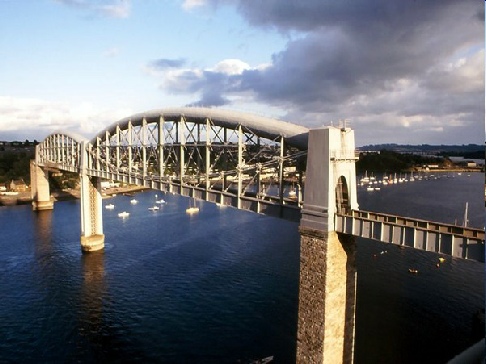
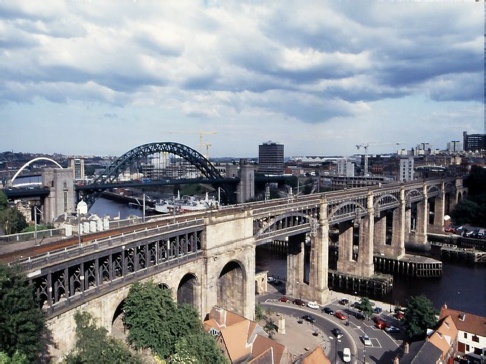

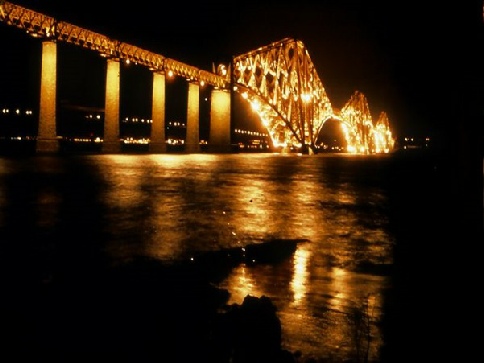
The Royal Albert Bridge, which crosses the Tamar, between England and Cornwall, was designed by Isambard Kingdom Brunel and opened by Prince Albert in 1859
The High Level Bridge across the Tyne between Newcastle and Gateshead was designed by Robert Stephenson and completed in 1849
The Britannia Bridge cross the Menai Strait between Mainland Wales and Anglesey (Ynys Môn) and was also designed by Robert Stephenson and opened in 1850
The Forth Rail Bridge across the Firth of Forth wad designed by Sir John Fowler and Sir Benjamin Baker and opened in 1890
After the post Second World war our railways underwent radical change in terms of modernisation and rationalisation. In the rush to modernise and in keeping with the prevailing societal mood several historically important structures were swept away. Andy highlighted the loss of railway treasures such as Euston station’s famous Doric Arch in 1961.
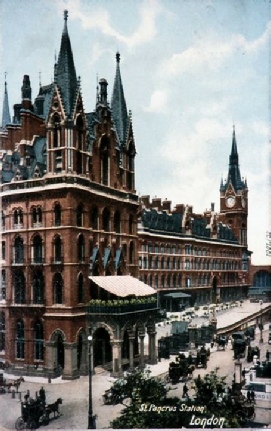
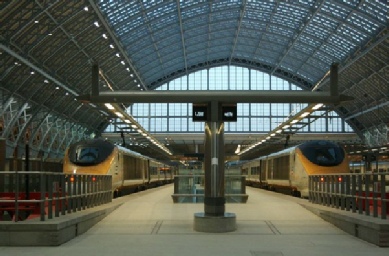
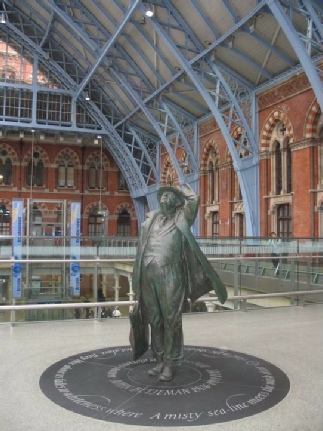
It was noted that a changing mood in which heritage has come to valued more highly has resulted in the saving, restoration and enhancement of buildings such as St Pancras station.

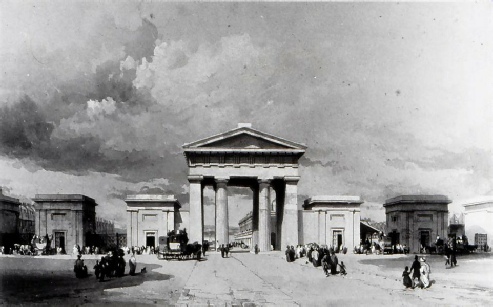
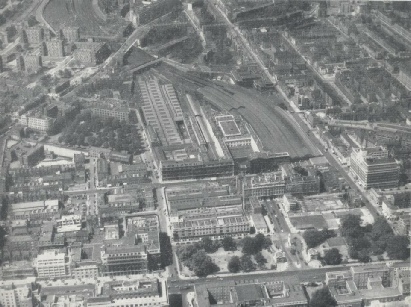
Euston’s Doric Arch when the station first opened
And the Doric Arch in later years showing it position in the centre of the station -
St Pancras Station in London -
Stations
Andy had a long list of examples of stations where the support of the RHT has resulted in significant enhancements. These ranged from famous and major structures such as Newcastle Central, Liverpool Lime St and Whitby to far less well known locations such as Littleborough, Aylesford, Boston and Moorthorpe.
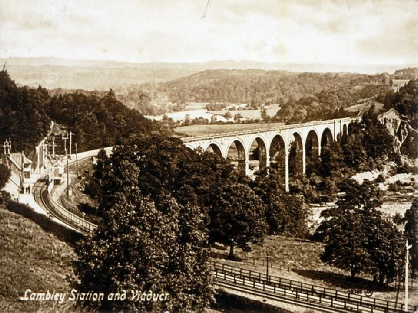
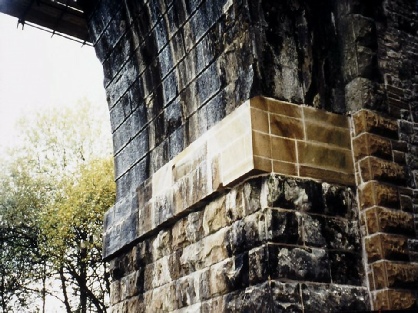

Lambley Viaduct:
When originally opened -
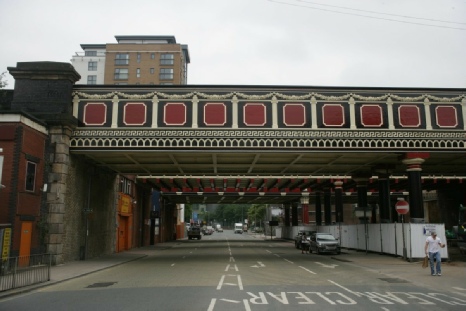
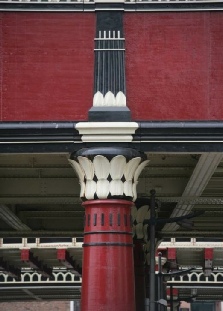
Bailey St Bridge in Manchester
Anyone who has supped ale in the sumptuously restored Sheffield Tup on platform 1 of the station will have benefited from the involvement of the RHT.
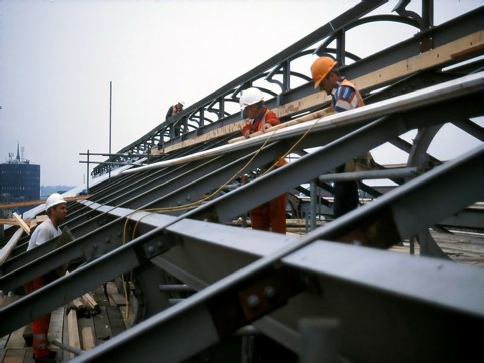
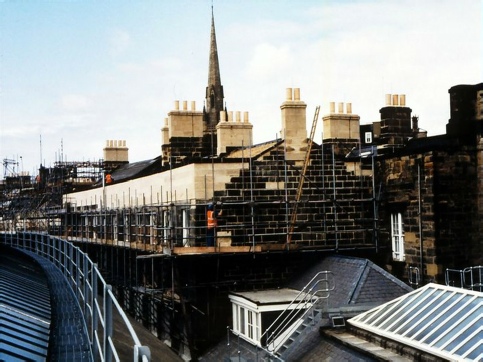

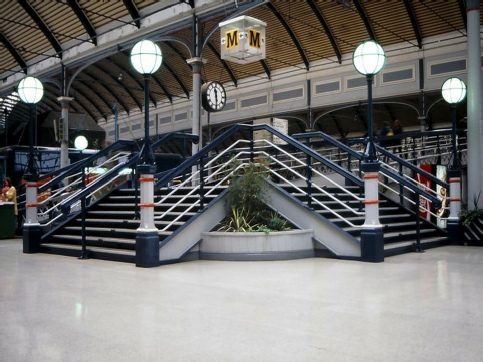
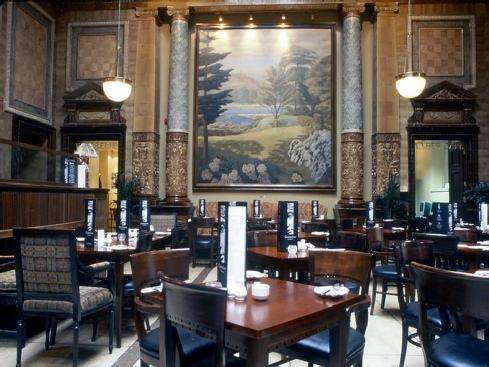
The restoration at Newcastle Central -
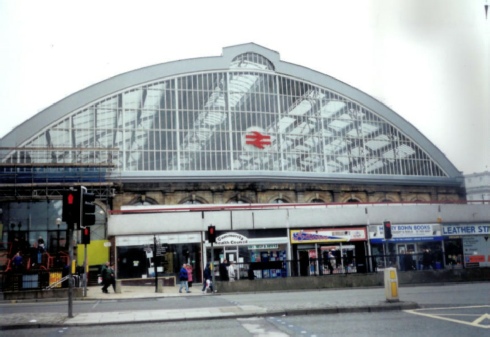

The front of Liverpool Lime Street before and after the removal of inappropriate retail development at the front of the station

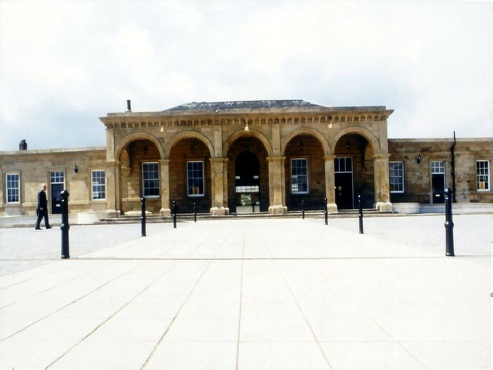
The restored frontage and station approach at Whitby Station
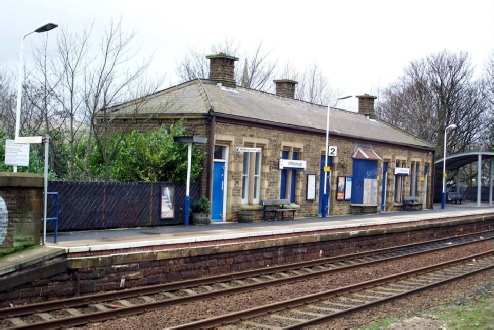
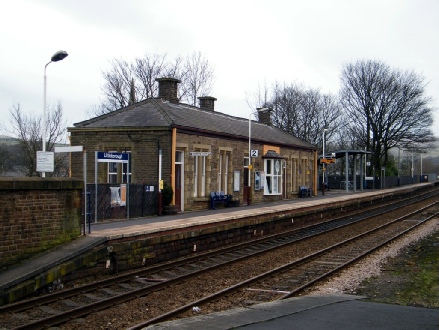
Littleborough Station before and after restoration -
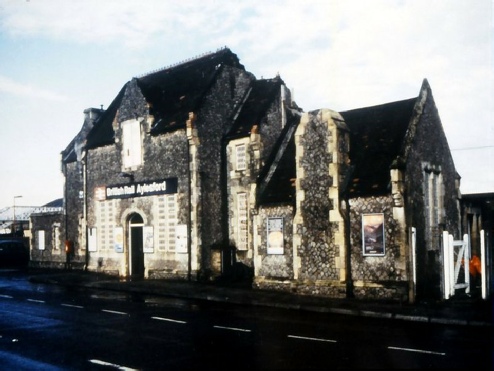
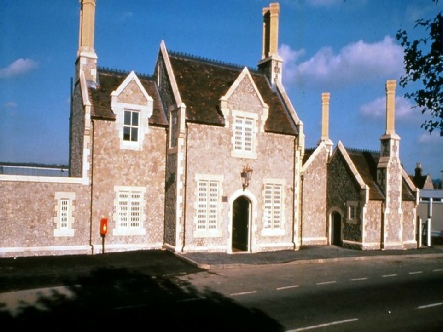
Aylesford Station before and after restoration. Opened 1856, Kentish stone with Caen stone dressings the station was restored in the 1980s be Railway Heritage Trust and Network SouthEast
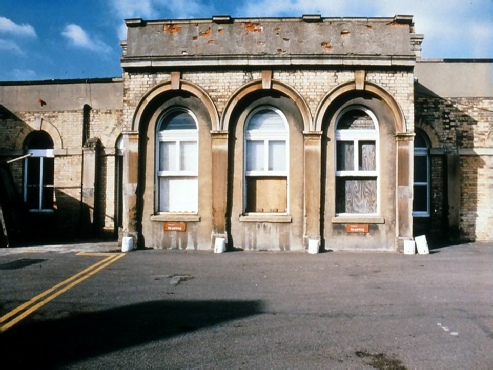
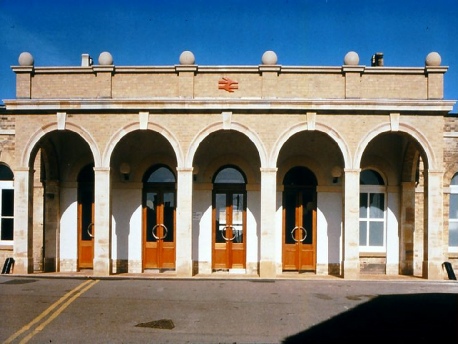
Boston station was built in 1848 and designed by local architect Henry Goddard, originally with a five arch portico leading to the booking office. In 1911 the entrance was relocated and two arches removed. Restored in the 1990s by the Railway Heritage Trust and Regional Railways with the portico restored to five arches
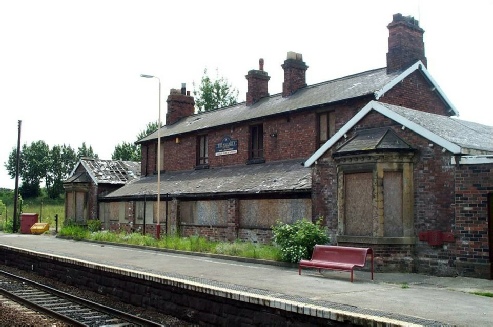
Moorthorpe Station of around 1879. Station building closed in the 1960s and was leased to pub and gained poor quality extensions. Pub closed and the building fell into dereliction. After a superb restoration, part funded by the Railway Heritage Trust, building is now leased to the town council
Signal boxes present a particular challenge in many instances by virtue of proximity to the working railway. The RHT has sought to support removal of structures to preserved railways for reuse, and community use. In some instances, listed boxes can only be preserved where they stand without use. A particularly good example is St Albans signal box which has open to the public.
Other areas in which the RHT have supported preservation and restoration of heritage include the very numerous memorials to the fallen of the two world wars and restoration of lineside signs such as those along the East Coast Main line and in Scotland.
At the end of the talk, which was well received, Andy answered a wide range of questions from the audience. Andy was thanked in the usual manner
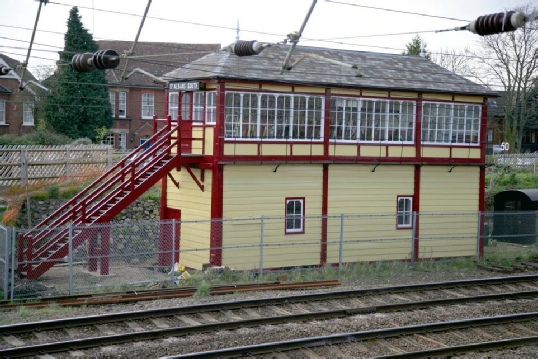
St Albans Signal Box beside the Midland Mainline -
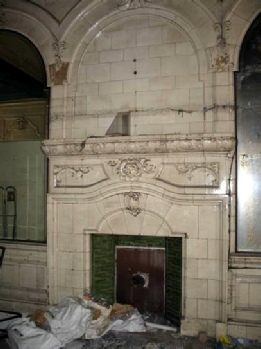

Sheffield’s First Class Dining Room -
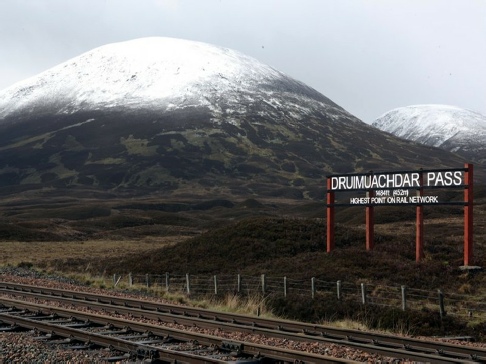
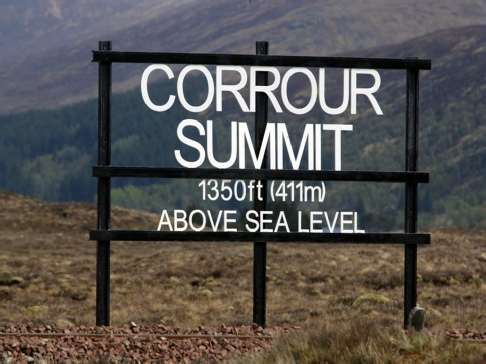
Summit signs were once common. These two signs restored with less than £10k from the Railway Heritage Trust